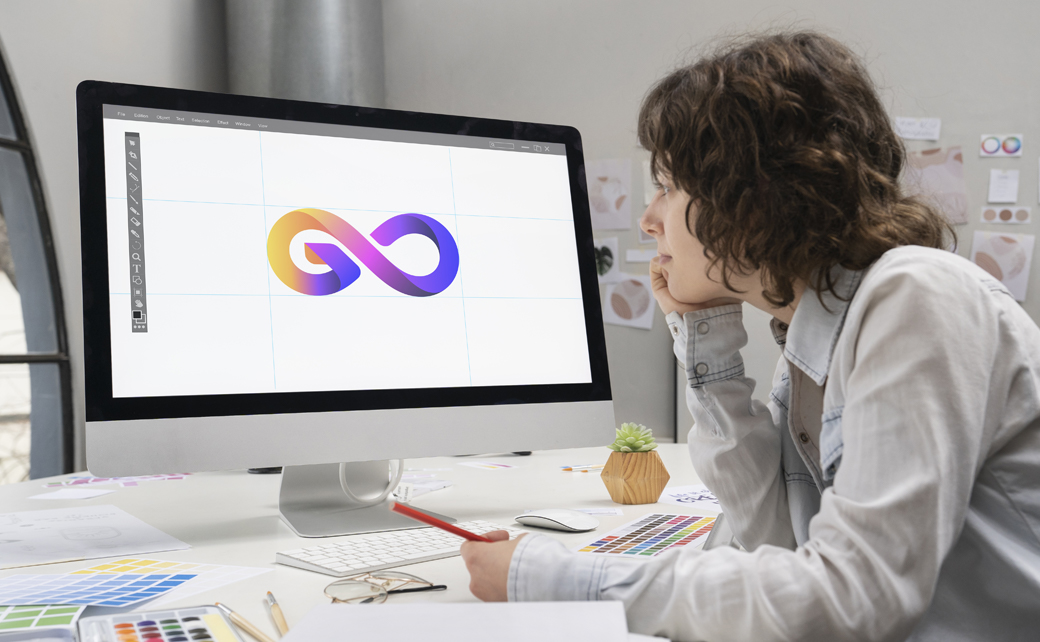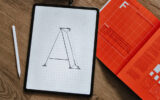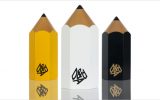Advice: The Future of Logo Design and What Students Should Know
Logo design is increasingly capturing the interest of young individuals eager to showcase their creativity through unique and visually striking projects.
For students and aspiring designers, keeping abreast of the latest trends in graphic design is essential for staying relevant and competitive in the industry.
And while creativity plays a significant role, grasping the technical elements of design is equally important.
Designers must become skilled in software that might seem daunting at first.
Commitment of time and effort is a prerequisite to master these essential tools.
Additionally, students enrolled in formal design programmes at colleges and universities often face the requirement of writing about design, which can be intimidating for those more comfortable with visual expression.
Luckily for those facing the challenge of juggling creative development with academic responsibilities, utilising the likes of essay writing service EduBirdie might help alleviate the pressure, allowing students to focus more on perfecting their design skills instead.
Minimalism
Minimalistic logo designs have gained significant popularity for a variety of reasons. Here are some advantages and appealing aspects of minimalistic logos:
1. Simplicity: Minimalistic logos are typically clean and straightforward, making them easy to identify and remember. This simplicity contributes to a strong brand identity.
2. Versatility: These logos work well across different applications and mediums, from business cards and websites to billboards and merchandise. Their uncomplicated design translates seamlessly in various contexts.
3. Timelessness: Minimalism often incorporates classic design principles that withstand changing trends. A simple logo is less prone to becoming outdated, ensuring the brand’s longevity.
4. Easier Reproduction: Minimal logos are generally easier and more cost-effective to reproduce for both print and digital platforms, ensuring consistency across various branding materials.
5. Enhanced Visibility: The uncluttered nature of minimalistic logos often makes them more visible and easier to recognise from a distance, which is particularly advantageous for signage and online presence.
6. Professional Appearance: A minimalistic logo can project professionalism and sophistication, suggesting that the brand is modern and thoughtfully designed.
7. Brand Differentiation: In a competitive marketplace, a distinctive minimalistic logo can help a brand stand out, especially in industries where competitors may favour more intricate designs.
8. Memorability: The straightforward nature of minimalistic logos enhances recall, making it easier for consumers to remember and recognise the brand among others.
Adaptive Logos
Adaptive logos are dynamic branding elements that can change their appearance based on different contexts, environments, or user interactions.
Unlike static logos, which remain consistent in form and colour regardless of how they are used, adaptive logos are designed to be flexible. This adaptability can enhance brand recognition and engagement across various platforms and mediums.
Here are a few key features and benefits of adaptive logos:
1. Contextual Relevance: They can adjust to fit different contexts, such as different media (digital, print, etc.), backgrounds, or application environments (like a mobile app versus a billboard).
2. Various Formats: Adaptive logos can take on different shapes, colours, or styling to suit various applications while maintaining essential brand elements. For example, a logo might simplify for small sizes or change colours to ensure visibility against different backgrounds.
3. User Interaction: Some adaptive logos may even change in response to user interactions, such as hover effects on a website.
4. Enhanced Brand Identity: By being versatile, adaptive logos can provide a fresh take without losing recognition. This can help maintain a modern appeal and relevance in a rapidly changing digital landscape.
5. Consistency Across Platforms: While they are adaptable, they still maintain core elements that ensure consumers recognise the brand across various platforms.
Overall, adaptive logos represent a modern approach to branding that takes into account the diverse ways consumers interact with brands today.
Logo design with the help of Generative AI
Generative AI is beginning to impact the field of logo design by offering new tools and methods that streamline and accelerate the creative process. Here are several ways in which generative AI is being utilised for logo design:
Automated Design Generation: Generative AI algorithms can produce multiple logo concepts based on input parameters such as colour palette, style, and themes. Designers can quickly receive a variety of options, which can serve as inspiration or a starting point.
Customisation and Personalisation: AI tools can allow users to input specific preferences (e.g., industry, brand values, target audience) and generate logos tailored to their needs. This capability offers a more personalised approach to logo design.
Design Iteration: Generative AI can facilitate rapid iterations by analysing user feedback on generated logos and modifying them accordingly. This adaptive process helps refine designs to better align with the client’s vision.
Component-Based Design: Some AI tools break down logos into recognisable components (shapes, colours, fonts) and use these building blocks to generate new logo designs. This method encourages creative combinations and variations.
Analysis of Trends: AI can analyse current design trends, styles, and successful logos in similar industries to suggest designs that resonate with target audiences. This data-driven approach ensures that new designs are both contemporary and effective.
Cost and Time Efficiency: By automating certain aspects of the design process, generative AI can significantly reduce the time and cost associated with creating multiple logo concepts. This is especially beneficial for startups and small businesses that may not have extensive design resources.
Collaborative Tools: Many generative AI platforms offer collaborative features, enabling designers and clients to work together effectively. Clients can interact with the AI tool to refine their preferences, leading to more cohesive outcomes.
Exploration of Unconventional Ideas: Generative AI can push the boundaries of traditional design thinking by proposing unconventional logo ideas that a human designer might not consider. This can lead to innovative and unique designs.
Accessibility: With generative AI tools becoming more common and user-friendly, individuals without a design background can create logos with relative ease, democratising access to professional-looking designs.
Integration with Branding: AI systems can consider aspects beyond the logo itself, such as brand identity and messaging, to create logos that fit within broader branding strategies.
While generative AI can enhance the logo design process, it is important to note that human creativity, intuition, and industry knowledge remain crucial in crafting effective logos that resonate with audiences and reflect a brand’s identity. AI serves as a powerful assistant, complementing the designer’s skill set rather than replacing it.
Multi-Sensory Branding
As branding evolves, logos may no longer be purely visual elements. In the future, logos could incorporate sound, haptics (touch-based feedback), or even smell as part of a multi-sensory brand experience. This approach is about engaging consumers on a deeper emotional level through multiple senses, creating a more immersive experience. Designers must prepare for this evolution. They have to explore how logos can function beyond their visual identity, particularly in environments like AR and VR.
Skills and Knowledge for Future Logo Design
To thrive in the logo design industry, students should focus on developing a combination of technical skills, creativity, and business acumen:
Master Design Software: Every graphic designer must become proficient in traditional 2D design software such as Adobe Illustrator and Photoshop. Additionally, the rise of AI-driven tools is poised to revolutionise the design workflow, likely simplifying the logo creation process and and possibly improving the overall quality of the designs produced.
Understand Branding and Consumer Psychology: Creating a great logo goes beyond aesthetics – it requires a deep understanding of branding principles. This includes knowing how consumers perceive brands and how logos can influence their behaviour. Students should study market trends, consumer psychology, and the strategic role logos play in establishing brand identity.
Adapt to Industry Changes: The design industry, much like any other sector, is always changing, making it essential to keep up with the newest tools and techniques. Designers must embrace the opportunity to learn new approaches. Whether it’s grasping the nuances of AI-generated designs or exploring the mechanics of adaptive logos, the crucial factor is the ability to evolve and adapt over time.
Collaboration and Communication: Logo design often involves collaboration, requiring designers to work closely with clients and marketing teams alike. Strong communication skills are essential in this process, as designers must not only listen to their clients but also convey their own ideas clearly. Additionally, teamwork plays a crucial role, particularly when multiple stakeholders are engaged or when specific functions like marketing or focus groups are part of the project.
Conclusion
Logo design represents a fascinating fusion of artistic flair and computer technology; it illustrates the transformation of creative concepts into compelling visual identities using digital tools, where creativity meets technical know-how.
This synergy not only elevates the aesthetic design quality of logos but also ensures they are practical and versatile for use on multiple touchpoints – physical as well as digital.
The world of logo and graphic design is also a prime example of continuous learning, particularly when it comes to staying updated with the latest trends and advancements in software.








